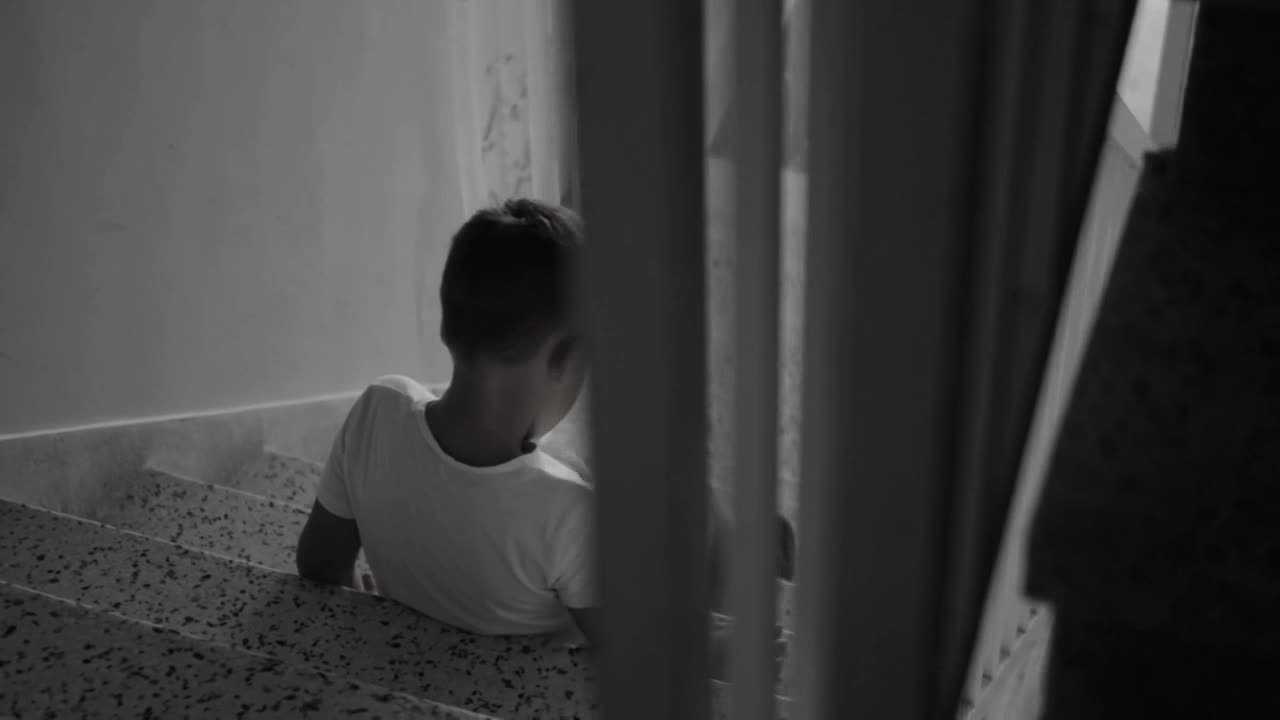Editorial: Human trafficking in New Hampshire

Twenty-five million people around the world are suffering from it. It's not a disease. It's not an illness. It's human trafficking.
This is National Human Trafficking Prevention Month, so we're going to spend a moment talking about it.
First, we need to be clear about the definition. Human trafficking is modern-day slavery.
It's a crime where someone is exploited, forced or coerced into labor or sex acts.
The victims can be anyone, regardless of race, age, gender or sexual orientation. They are, however, vulnerable and usually from marginalized communities like runaway and homeless youth and those without lawful immigration status.
Just like there is no type of victim, there is not one type of criminal. Some traffickers are members of organized crime. Others work alone. They are both men and women. The crimes can occur behind closed doors or in plain sight, in our biggest cities and our smallest towns.
Last year in New Hampshire, there was a sharp increase in human trafficking investigations with over 100 tips coming from every county in the state.
Human trafficking can be very difficult to identify. There are some signs:
- A person who is disconnected from family and friends
- A child who has stopped attending school
- Dramatic changes in behavior
- Bruising
- Someone who is often in the company of someone they often defer to
- Someone who lacks personal possessions
To report a suspected case of human trafficking, you can call 1-866-347-2423or your local law enforcement agency.
To get help, you can call 1-888-373-7888.
We've got much more information about human trafficking, including the signs and ways to get help, at WMUR.com.
This “Eyes on Trafficking” story is reprinted from its original online location.
Fair Use Notice: The PBJ Learning Knowledge Vault is dedicated to advancing understanding of various social justice issues, including human trafficking and related topics. Some of the material presented on this website may contain copyrighted material, the use of which has not always been specifically authorized by the copyright owner. We are making such material available in our efforts to promote education and awareness of these important issues. There is no other central database we are aware of, so we put this together for both historical and research purposes. Articles are categorized and tagged for ease of use. We believe that this constitutes a ‘fair use' of any such copyrighted material as provided for in section 107 of the US Copyright Law. In accordance with Title 17 U.S.C. Section 107, the material on this site is distributed without profit to those who have expressed a prior interest in receiving the included information for research and educational purposes. For more information on fair use, please visit: “17 U.S. Code § 107 – Limitations on exclusive rights” on Cornell Law School's Legal Information Institute.
 ABOUT PBJ LEARNING
ABOUT PBJ LEARNING
PBJ Learning is a leading provider of online human trafficking training, focusing on awareness and prevention education. Their interactive Human Trafficking Essentials online course is used worldwide to educate professionals and individuals how to recognize human trafficking and how to respond to potential victims. Learn on any web browser (even your mobile phone) at any time.
More stories like this can be found in your PBJ Learning Knowledge Vault.
EYES ON TRAFFICKING
This “Eyes on Trafficking” story is reprinted from its original online location.
ABOUT PBJ LEARNING
PBJ Learning is a leading provider of online human trafficking training, focusing on awareness and prevention education. Their interactive Human Trafficking Essentials online course is used worldwide to educate professionals and individuals how to recognize human trafficking and how to respond to potential victims. Learn on any web browser (even your mobile phone) at any time.
More stories like this can be found in your PBJ Learning Knowledge Vault.
